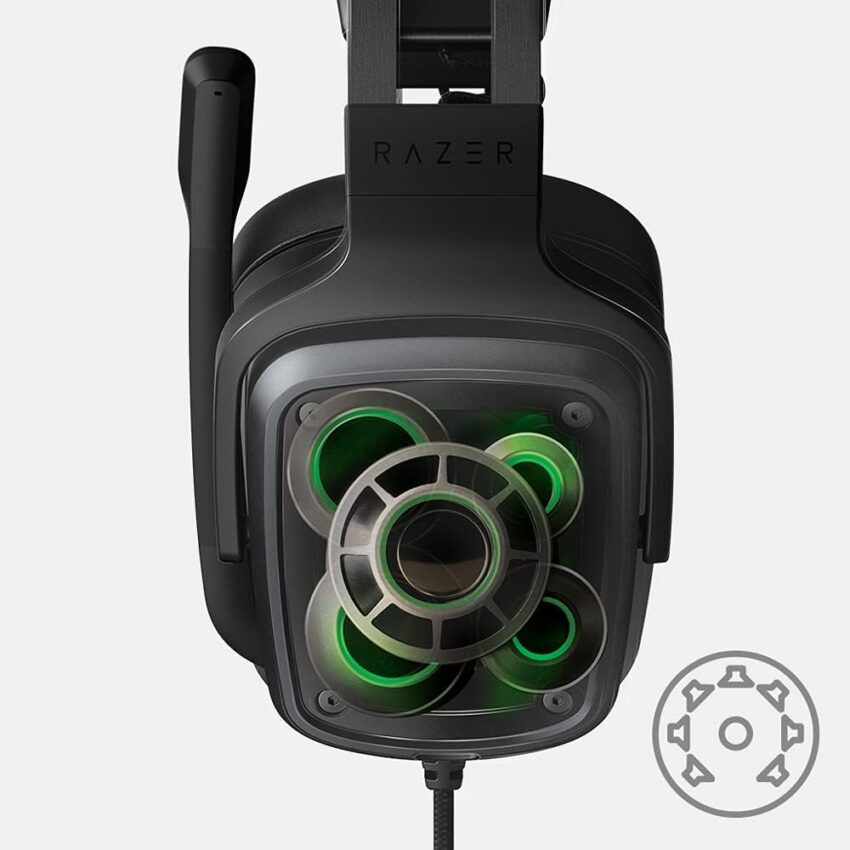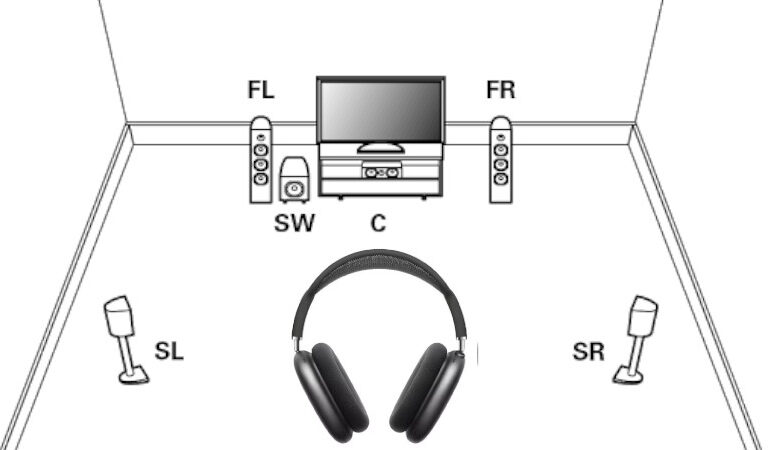Are Surround Sound Headphones Real?
When the marketing department gets a hold of a product, they will do whatever they can to make it stand out. Sometimes they stretch the truth. Sometimes they outright lie. This is all in the service of making a product stand out enough to get you to buy it. Currently, spatial sound or surround sound headphones are all the rage. While they aren’t exactly the same thing, it begs the question: are they real? Can headphones provide a true and convincing surround sound experience? Let’s discuss!
Difference Between Spatial Sound and Surround Sound Headphones
Before we begin, spatial sound and surround sound aren’t technically the same thing. Spatial sound specifically is designed to recreate surround sound and also (and uniquely) anchor sounds in one part of your room. For example, if you are watching something on a screen, spatial audio will anchor the sound at the screen. If you turn your head, it will sound like the sound is coming from your screen and not from directly in front of you (as it would with normal headphones).
Surround sound headphones are often marketed as having multiple drivers to recreate convincing surround sound. They’ll often show graphics suggesting that the drivers are orientated in such a way as to put some slightly in front of your ear and others behind. Check out the Razor Tiamat headphones below. They display drivers in multiple orientations inside the headphones that are supposed to create a convincing 7.1 surround sound experience.

While headphones marketed as having spatial audio usually also have some sort of surround sound function, surround sound headphones might not support spatial audio functions.
Are Surround Sound Headphones Real?
Generally speaking, headphone manufacturers have moved away from marketing their surround sound headphones as having multiple drivers. Many headphones do sport more than one driver. This gives them greater extension. These drivers, however, are almost always coaxial. Coaxial drivers are mounted inside of each other (Kef speakers have a coaxial driver with a tweeter inside of a midrange). This space-saving design is great for headphones.
In every case, the headphones that are marketed as having surround sound use a DSP function to create simulated surround sound. This varies the phase of the sound created to trick your brain into thinking that sound is coming from different directions. This is not a new technology.
Do They Work?
Okay, so there usually aren’t drivers at multiple angles inside headphones. But do “surround sound” headphones work? Sure! They can be very effective in creating sounds that seem to come from one side or even behind you. The quality of the headphones will determine the quality of the simulated surround sound. Better-fidelity headphones will equate to a better-quality surround experience.
The thing is, you don’t need to buy headphones that incorporate surround sound anymore. Multiple DSP programs are integrated into your devices that you can use. Dolby Headphone and DTS Headphone: X are often available on AV receivers and game systems. Some sources offer their own DSP solutions that you can try out. The advantage of surround sound headphones is that they will work with any source.
Should You Invest in Surround Sound Headphones?
There are real reasons you might want surround headphones. If you plan on using them with a specific source that doesn’t have access to one of the DSP solutions, then they may be your only option. If you are expecting a full surround experience for movies, then lower your expectations. Bass will never feel the way it does in the theater but they can increase the impressiveness of your experience.
Do you have surround sound headphones? Let us know how you like them in the comments!


